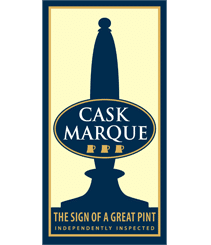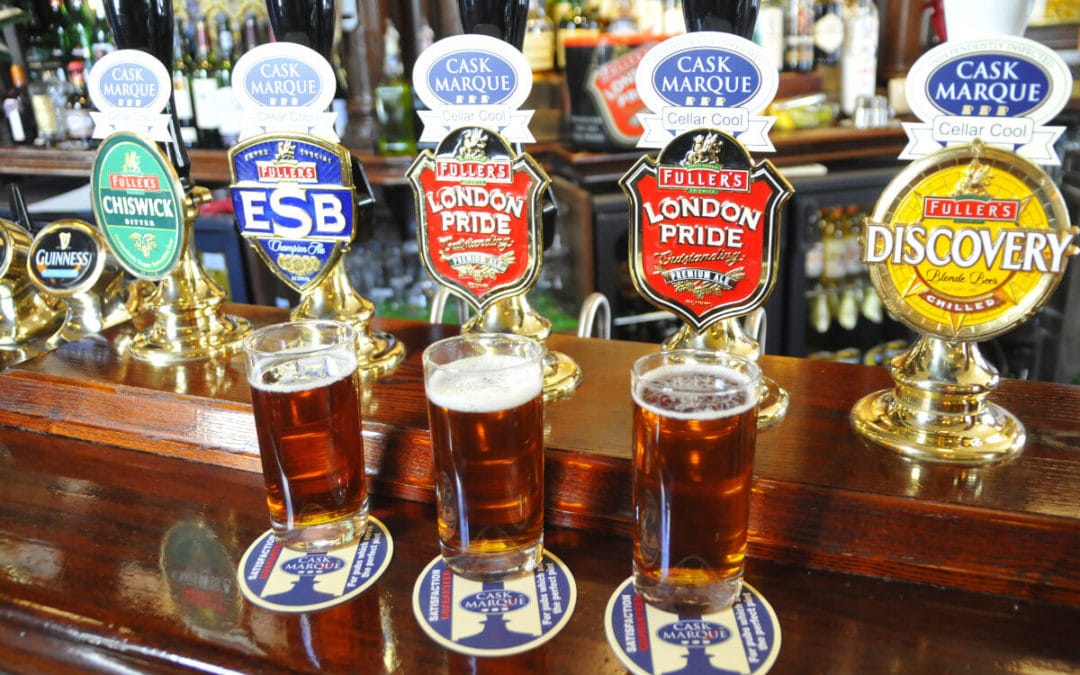Ensuring your beers are top quality is crucial to every pub to boost sales and there are often common issues that are affecting pubs. Fobbing, temperature and head are the three most common issues affecting beer quality. Research shows that the most common faults on beer dispense are:
- Fobbing 39%
- Temperature 18%
- Head 15%
(Source: The Publican)
There is no simple answer to these problems other than using best practice in the cellar and in dispense. Financial gains are there to be had with an increase in sales of 3% and in yields of 7% (Beautiful Beer & Cask Marque research). Some useful tips:
Eliminate Fobbing
- Cleaning beer lines every 7 days following correct procedures eliminates fobbing caused by yeast build up in the beer lines.
- Ensuring the cellar is at the correct temperature (11‐13°C) reduces fobbing caused by beer being too warm or too cold when being dispensed
- Pour beer correctly thus reducing any overspill into drip trays
- Stock the correct number of keg brands so that once placed on sale they are sold within 5 days which prevents too much absorption of gas in the keg
- Similarly turning off the gas between trading sessions will also prevent gassing up
How much money can I save?
Saving 1 drip tray per day of fob per tap is equivalent to 1.5 pints which is an annual saving of £14,000 in a 10 tap account based on a £2.50 per pint selling price.
Temperature
Temperature is important in 2 areas – in the cellar and in the glass. Incorrect temperatures can lead to fobbing, customer dissatisfaction and with cask ale the dreaded warm pint.
You should check cellar temperature daily and undertake weekly check on all beers in the glass. This will identify if your equipment is working effectively and if temperatures begin to increase it is an
early warning of a malfunction in equipment.
Temperatures should be:
- Cellar 11‐13°
In the glass
- Cask ale 11‐13°C
- Lager & Keg 5‐8°C
- Extra cold 1‐4°C
(Allow +/‐ 1°C tolerance)
Head on Beer
3 key components govern here.
- Temperature in the cellar which if not correct means cask ale does not condition correctly leading to a flat pint and keg/lager can fob as it affects the absorption rate of gas.
- The perfect pour to generate a perfect head
- The use of clean glassware
Research by Cask Marque shows that 40% of glassware is dirty. I.e. there is a film on the glass. A tell tale sign of this is when gas bubbles break out on the side of the glass. A good head is generated when bubbles originate at the bottom of the glass.
You should check the condition of your glasses by using the water break test (See diagram). Should the glasses be dirty you need to ‘renovate’. Also brand new glasses are covered in residue from the
manufacturing process and ‘renovation’ is necessary.
Renovation deals with the symptoms of poor glass washing not the cause. If glasses are continually renovated they can be damaged. Under these circumstances call out a specialist glasswashing
engineer.
However, the most effective solution to these problems is education and having in your pub a trained cellar manager who understands best practice in these areas. This will help you significantly improve yields, ensure your equipment is operating effectively and deliver customer satisfaction in the form of quality beer both in taste and appearance. Everybody wins.
Cask Marque runs 1 day cellar management courses throughout the country. To find out how to train your staff in the Bii Cellar Management qualification (ABCQ) do contact the office on
01206 752212 or visit www.cask‐marque.co.uk



